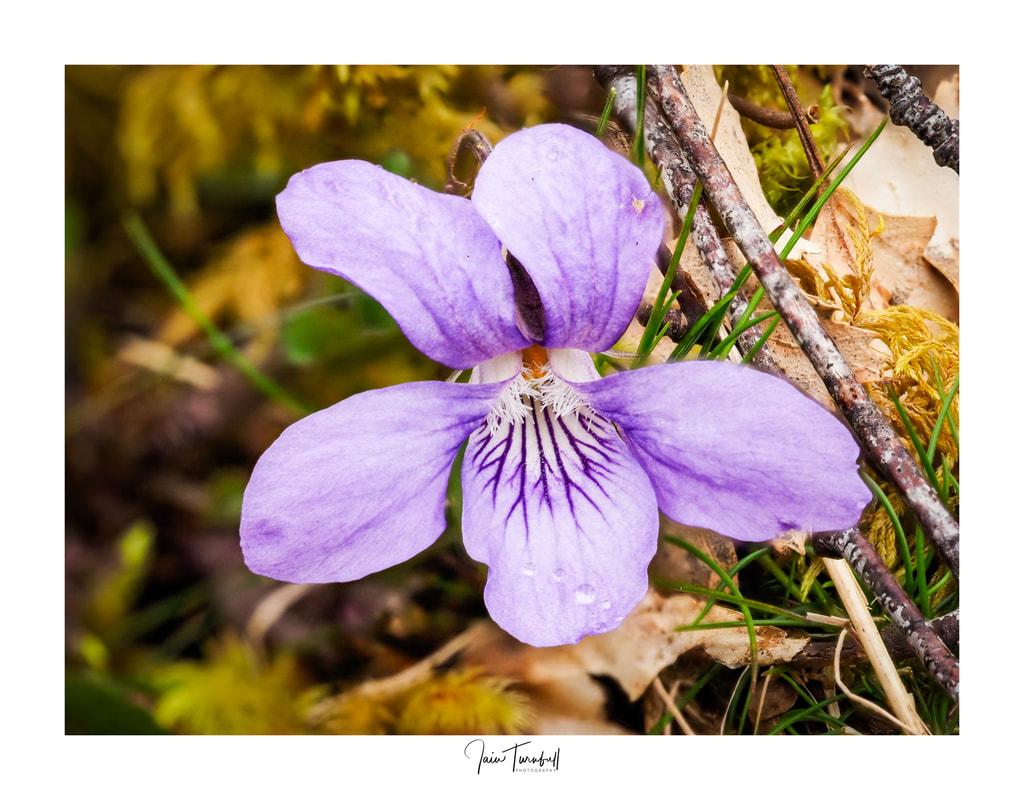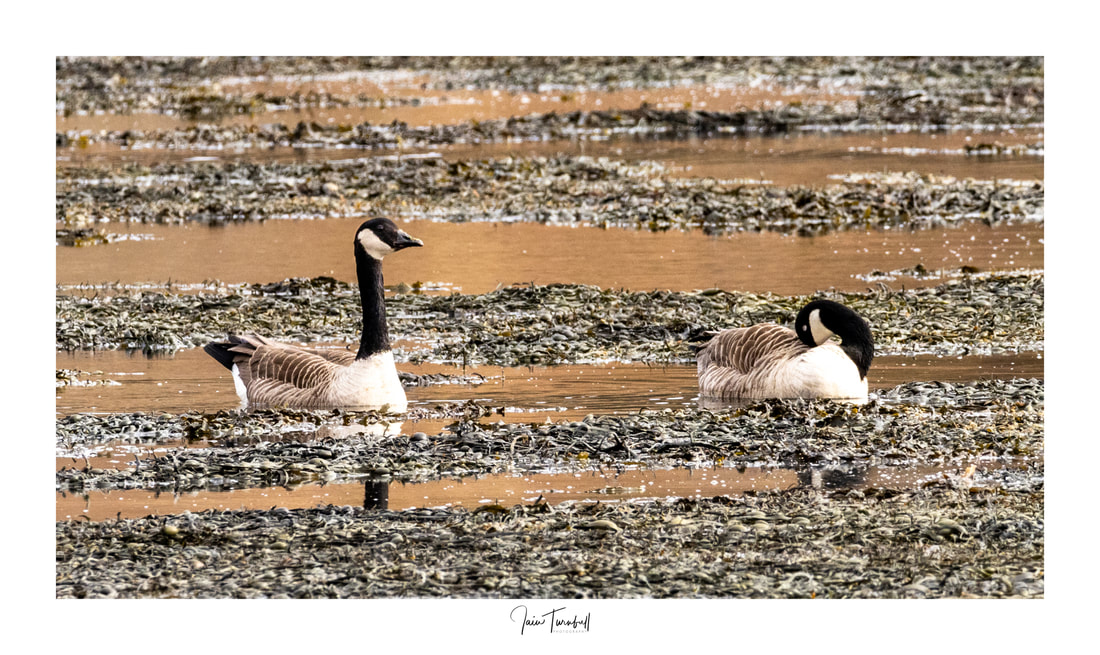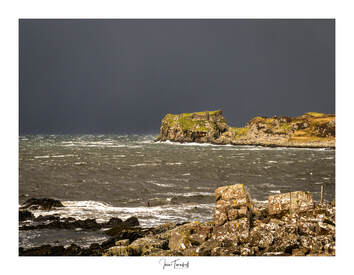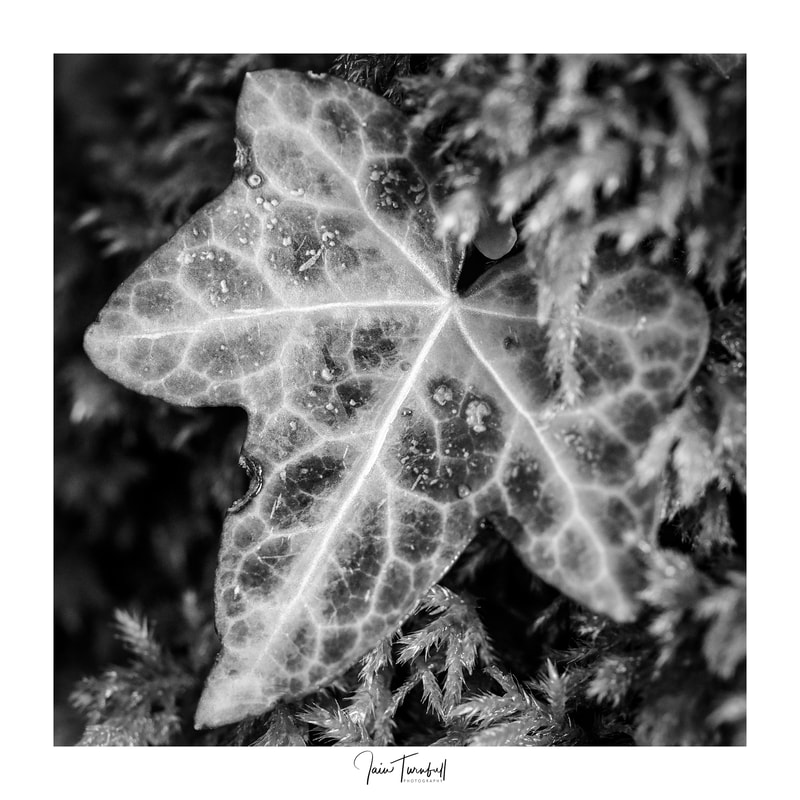|
Last weekend we had a short trip to North Uist to visit friends and I took the chance to get out and do a bit of bird watching and photography. In total I had 71 species of bird over the two days and I managed to capture the following shots of some of them. The highlight was getting the one above of a short-eared owl sitting on a post watching me on Sunday morning. There is a bit of noise as the ISO was quite high at 1000, but the early morning mist meant that the light levels were pretty low, so all-in-all I am pretty happy with the result. Other bird highlights included seeing a corncrake, good views of corn bunting and a few black-tailed godwits. I also had fleeting views of hen harrier, not good enough to try and get any photos though.
0 Comments
The good weather last weekend allowed me to get out a couple of times with my camera, firstly to Dundreggan on Saturday to visit the new Rewilding Visitor Centre, and then on Sunday for a drive around Strome and Applecross to recce a few sites I had not photographed previously. Despite the decent weather I did not capture many good shots, more planning required in terms of tide times and light, but useful for recconnaisance purposes none-the-less. That being said, I did capture these three images of old trees. I never tire of photographing the old specimen trees that we find, often quite isolated in a generally over-grazed environment, but struggling to survive the combined forces of weather and deer and sheep. The above shot is of an old hawthron tree at the shore in Applecross village. It appears to be standing free on its roots, clinging to the gravelly soil of the shore. No doubt this tree has survived through many a storm and its footing must be a bit precarious with shifting gravel. The next two are old ash trees near North Strome above the shores of Loch Carron. As a result of ash dieback disease these old trees are disappearing from our countryside at an alarming rate. The nearby Rassal Ashwood, which was once a National Nature Reserve has the disease and many of the old trees there are suffering badly. All very sad, but hopefully some will survive with natural resistance, and regeneration might be possible in the future - let's hope so. The last few images are macro shots of some spring flowers captured at Dundreggan on Saturday. And we thought it was spring a few weeks back! Sadly the weather has taken a bit of a turn for the worse over the last week or so, with dramatic winds and frequent rain. However, these conditions do sometimes offer up exciting and awe-inspiring light, ideal for landscape photography. Yesterday afternoon provided just such a chance for me, with the two images below taken from our garden, overlooking Loch Alsh. While the rainbow did not last long, at least not as bright as this, it was truly impressive for its short duration. I am not sure I would have wanted to be at sea on a day like this though. The following shots are of a couple of amazing iconic buildings from the Scottish Borders, namely the Hermitage in Liddesdale - a fine and imposing old building from Reiver days; and the Leaderfoot Viaduct which is a much more recent structure built for the railway to cross the River Tweed, near Melrose. The above, and following shots were taken over the last week or so, including a trip north to Torridon and Gairloch, and today another trip, south this time, to Arnisdale, with a wee walk around the crofting townships of Duirinish and Drumbuie in bnetween. I am not going to add lots of text, just a bit of a slideshow. I recently took the decision to switch camera brands, moving from my tursted Canon to Olympus, specifically from full frame to micro 4/3 format. The reason for this is pretty obvious, and I know I am not the only person doing this, and is all down to weight. I was getting fed up carrying a massive heavy backpack of kit around, especially when trying to do wildlife photography. This post features some of my first images shot on the Olympus OM-D E-M1 Mark III camera over the last few days. There have been a good few geese about and while they are not necessarily the most exciting species to capture, they do provide good subjects for practicing your field craft. The first couple of shots (above and below) are of greylag geese, feeding on croft land at Plockton. Shot with my new Olympus M. Zuiko 300mm f/4 Pro IS lens I have to say I am very pleased with the results. Very sharp images and very fast auto-focus. This format has a small sensor, half the size of the full frame Canon, so the 300mm lens equates with a 600mm lens on the full frame system. This lens is roughly half the size and weight and has a wider aperture so is faster in low light - all good benefits for wildlife shooting. The downside is the smaller sensor has lower resolution, only 20.4 megapixels compared to 30.4 on the Canon 5D Mark IV, but these days the sensors are so good that this is plenty of detail for my needs. The next few shots are of Canada Geese captured at Kirkton Bay two days ago. These are migratory birds in passage, heading north for the summer, unlike the Greylags that are more likely to be resident breeding birds. We don't see many of these Canada geese here so it was lovely to get this opportunity to add them to my portfolio of bird species. These shots were taken with the same 300mm lens but with the 1.4x teleconverter added, providing a total focal length of 420mm (840mm equivalent on Full Frame). I was not sure how the teleconverter would perform, as it reduces the maximum aperture by one stop to f/5.6, and can slow down the auto-focus and reduce the image sharpness. However, on the basis of these shots, I have to say I am very impressed with its performance and see myself using it a lot. My final shot was grabbed as a pair of Greylags took flight, again at Kirkton. I love the black and white tail feathers, and wanted to try and capture them in flight. This was a proper test of the auto-focus performance of the Olympus system, and white it is not 100% sharp, I think the result was excellent.
I went online to make this post and could not believe that it had been so long since I had posted. In truth, I have not been out with the camera much since Boxing Day, due in the main to the very overcast, wet and windy weather we have been experiencing since Christmas. That being said, I have built up a few images worth posting, so I will do so over the next few days in a series of winter images, rather than doing them all as a single post today. The above shot was pure good fortune as I headed home from a walk in the woods at the Coille Mhor at Balmacara. I had gone to the woods to try out some macro shots of the lichens (more of that later), and as I was driving past the crofts at Duirinish I noticed the late afternoon light was improving, and off to the north the sky was looking darkly over the Applecross hills. This rainbow appeared and I had to stop for the shot. The next shot was taken just a little further alonng the road and the wider perspective shows these amazing clud curtains, backlit by the rainbow and the darkly contrasting hills. The following image was shot at th the same location and time as the first, but the wider landscape perspective, while a little less dramatic perhaps, provides a good view of the crofting context I think. I will return later to the macro shots I have been experimenting with over recent weeks, but since this post is focused more on the landscape and the sometimes wonderful light we experience here in the winter I have included below a couple of other shots from Skye that I took during the last month or so. A break in the monotony of poor weather over the past couple of weeks allowed me to head out for some fresh air and a bit of contemplation of the detail in our environment. I wanted to practice some macro photography, using focus stacking, which is built into the Olympus OM-D E-M1 Mark III camera, and which I had never tried before. Given it was my first attempt I am pretty pleased with the results and I look forward to experimenting a lot more with this type of imagery, although I also like straight macro work too. The weather forecast for today was pretty abysmal with very strong westerly winds anticipated, along with periods of heavy rain - just lovely. However, I had to take a trip to Sleat this morning, so took my camera and headed out into the storm to see what I could find to photograph. In reality it was not nearly as bad as I expected, and I was lucky enough to get some small breaks in the cloud, with spots of bright sunshine, and some rainbows as well. The above shot was taken from the shore at Tocavaig, on the west side of the Sleat peninsula, looking west towards the ruined castle of Dun Scaich. Normally the Elgol peninsula is visible in the background on this shot, but at this point in time, between squalls, there was just dense, dark cloud and a short break overhead was spotlighting the little promontory with the remains of the castle really nicely. I took a few shots at different zoom lengths, see below. On the other side of the peninsula, just north of the Clan Donald Centre, I stopped by the roadside to try and capture the light on the Sound of Sleat. Looking south-east towards Mallaig was a bit challenging due to bright light shining through the overcast, but looking north, past Sabhal Mor Ostaig (the UHI's Gaelic College), provided just what I was looking for. The clouds were quite oppresive, but the sea was relatively calm on this side of the peninsula. A break in the cloud behind me was illuminating Sabhal Mor Ostaig really well, making it stand out against the darker background. In the distance on the right, there is a hint of light on Beinn Sgritheall above Loch Hourn, and the pink bouy just adds a colourful point of interest in the sea as a counterpoint to the highlighted building of the college. Sabhal Mor Ostaig must have one of the most spectacular views of any academic institution, anywhere in the world. I had planned to try and do a little macro photography, but with the windy conditions it proved to be really challenging to get sharp images, with everything blowing around so much. The shot of this small variegated ivy leaf was the only one that I was really happy with. I like the overall softness in this shot, and while the colour version was good, I felt the contrasting tones of the leaf came out much better in monochrome. Finally, another black & white image, taken above Tarskavaig, looking towards the Cuillins. The light was pretty dark and the crofting township in the foreground was a bit gloomy. With a neutral density filter effect applied in post-processing to darken the sky and balance the exposure, I feel I managed to capture something of the atmosphere. The overall effect is quite dated, but I like it.
What a beautiful frosty day with bright sunshine all day. After a busy morning, I headed out this afternoon to Broadford to buy fuel for the car and decided to pop down the Elgol road as far as Torrin - no surprise, as this is one of my most favourite photography locations. There was amazing frost and ice on Loch Cill Chriosd and I got some nice macro shots of frost on the vegetation, as well as some familiar compositons. It is always different though, so no shame in revisiting a favourite spot with the camera. Here are some of my favourite shots form the trip. |
AuthorI am an amateur photographer who is also a Chartered Geographer with his own part-time consultancy business and I work as an estate manager for a national conservation charity in Scotland. I am based in Lochalsh, Wester Ross, Scotland, just next to the Isle of Skye. SalesIf you like my photos and are interested in purchasing prints, whether framed, mounted or otherwise please click here.
Archives
May 2024
Categories |




































































 RSS Feed
RSS Feed